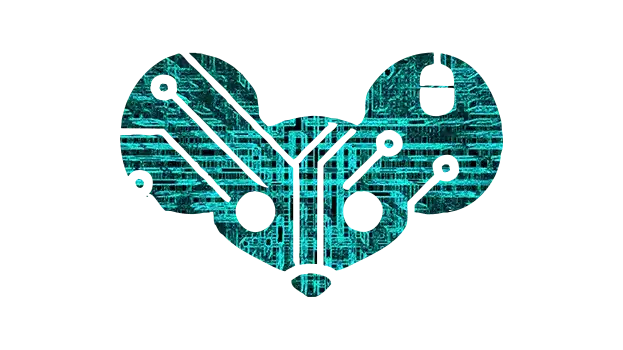

I’ll be the pedant no one asked for - the sodium and potassium channels in the neuron respond to voltage changes in the membrane, so the author isn’t wrong.
Action potentials are generated when dendritic (input) channels bind with neurotransmitters like glutamate and GABA released by the axon terminal (output) of the pre-synapse cell. When these channels open, the let in ions like Calcium, Sodium, and Chloride.
These ions change the electric potential across the cell membrane, once this passes a key threshold, the sodium channels in the rest of the cell open up and generate an action potential. It’s driven by ions with electric charge (electrochemical).
By the time I finished graduate school, reddit was dead so I never bothered getting verified on the Science subreddits. It was a bummer!